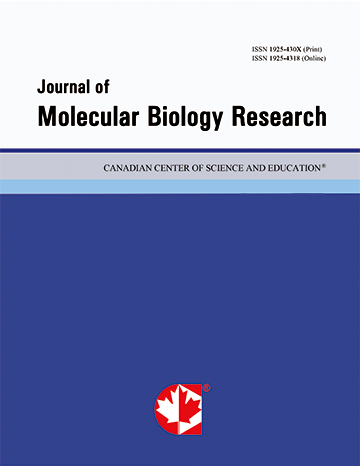Impact of Biostimulant and Synthetic Hormone Gibberellic acid on Molecular Structure of Solanum melongena L.
- Magdah A. Ganash
Abstract
A comparison study between the application of gibberellic acid (GA3) and Saccharomyces cerevisiae as a biostimulant on the growth and molecular structures of Eggplant (Solanum melongena L.) has been carried out through a pot experiment. Growth of Solanum melongena L. increased with exogenous application of GA3 followed by yeast. Chlorophyll contents of plant were enhanced with yeast treatment compared with GA3 application and control. Activitiy of antioxidant enzymes, catalase and peroxidase was increased with increasing concentration of GA3 and S. cerevisiae application particularly with using GA3. HPLC analysis showed the highest concentration of salicylic acid in plant treated with GA3 (104.20 mg) followed by S. cerevisiae (70.00 mg) application compared with the untreated plant (57.86 mg). Six common polypeptide bands were observed in treated and untreated S. melongena plants, their molecular weights were 16, 17, 34, 90, 120 and 150 KDa. While the untreated S. melongena plant is characterized by the presence of 8 polypeptide bands, their molecular weights were 19, 24, 32, 33, 36, 50, 109 and 133 KDa. Yeast treatment increased the number of protein bands to 12 instead of 8 in the control plant with molecular weights 18, 125, 74, 69, 62, 31, 30, 27, 25, 23, 20 and 18 KDa. Three polypeptide bands with molecular weights 25, 72 and 125 KDa were detected in S. cerevisiae and GA3 treated plants. PCR analysis showed that total of 16 amplified fragments was visualized in the tested samples. Eight fragments with different molecular weights, four of them are monomorphic bands while the others are polymorphic unique bands. Plant sample sprayed with yeast showed 5 fragments range in molecular weight between 426 to 1766 bp. Only one of these fragments was unique polymorphic fragment. Four monomorphic fragments range in molecular weight from 426 to 1213 bp were showed up in plant sample sprayed with gibberellic acid.
- Full Text:
 PDF
PDF
- DOI:10.5539/jmbr.v6n1p100
Index
Contact
- Grace BrownEditorial Assistant
- jmbr@ccsenet.org
